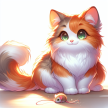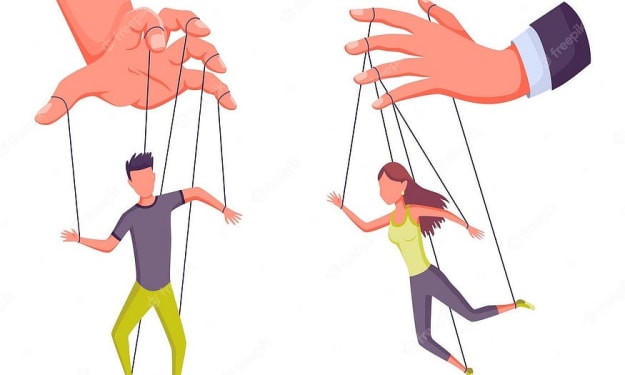
How many beats per minute is your heart beating?
Although there are individual and age differences, the heart beats approximately 60-70 beats per minute.Calculated from this, it is about 80,000 times a day, about 3 million times a year, and more than 200 million times a lifetime if you live for 80 years.It's a huge number.
It seems that since ancient times, humans have been wondering why the heart can keep moving.In the past, it was thought that the "living energy" introduced from the air was beating the heart and arteries.It was not until the 17th century that it was discovered that the heart had a pump-like function and circulated blood throughout the body.Then, by the first half of the twentieth century, the mystery of heart beat was gradually solved.
Heart beat occurs when an electrical signal runs as a command through the walls of the heart.This system is called the "stimulation conduction system."
The heart is not a single large pouch, but consists of four chambers: the right atrium, the right ventricle, the left atrium, and the left ventricle.Each room is constantly and orderly at the right time, repeating its "shrinkage" and "expansion."If each moves separately, it is not possible to circulate blood well.
Thus, the stimulation conduction system is a system in which commands are transmitted from the president to ordinary employees in a top-down manner, just like the command system in a company.
The so-called "president" is the "dong nodule" that creates a rhythm.It is the first part to give instructions, and this is where the "pacemaker" becomes.A regular electrical signal is generated in the upper right corner of the right atrium.The next thing this directive reaches is the atrioventricular nodule.
The atrioventricular nodule is located almost in the center of the four rooms, where a little "tame" is made to connect the signal downward.After that, signals are transmitted to the hiss bundle, the left leg and the right leg, and the Purkinje fibers.However, these are not dots, but lines, which send signals to the heart's heart and cause muscles to contract.In other words, the so-called "lower end" should move widely at the end and deliver instructions.
Incidentally, atrioventricular nodules are also called "Ashoff-Tahara nodules."It is named after Jun Tahara, a Japanese pathologist who discovered this nodule, and Ludwig Ashoff, a German pathologist who studied it.It was in 1906.
If a problem occurs somewhere in the stimulation conduction system, the instruction will not be communicated well.In this way, a disease called "arrhythmia" occurs.
There are also various types of arrhythmia depending on the type of defect.For example, an arrhythmia called "snot failure syndrome" is used to reduce the frequency of issuing a command due to a malfunction of "snot nodule" and decrease the heart rate.If atrioventricular nodules fail, an arrhythmia called "atrioventricular block" occurs.
However, as everyone knows, the heart rate is not always constant.It gets faster when you're nervous or do intense exercise.This regulation is performed from the brain through autonomic nerves.As the name suggests, it is a nerve that automatically regulates various life-support functions throughout the body.Unlike the muscles of the arms and legs, the heart muscle cannot be controlled by itself.No one is moving to move the heart, and of course they can't stop it.These muscles that move regardless of intention are called involuntary muscles.Conversely, muscles that can control movement by their own intentions are voluntary muscles.Myocardium is a typical involuntary muscle.
The heart pumps about five liters of blood per minute at rest.On the other hand, the amount of blood in the entire body is about five liters in adults.In other words, blood circulates throughout the body in one minute.However, this amount varies greatly during exercise.As the heart rate increases, the contraction power of the heart muscle increases, and the output can be increased up to about 35 liters per minute.
In this way, the heart is an organ like a pump that contracts repeatedly, but it also has a function like a vacuum that absorbs blood by expanding.This is because in order for blood to be pumped out properly, it is necessary for the blood to return to that level.It is important not only to contract, but also to expand.
Internal medicine specializing in heart and blood vessels is called cardiovascular internal medicine.This is because the blood from the heart is circulating all over the body.Cardiovascular medicine is responsible not only for the heart but also for the blood circulating system itself.
What is important is that there are "two types of systems" in this cycle.One is the pulmonary circulation and the other is the body circulation.It is a system that delivers oxygen from the outside world to the whole body.
A brief description of the process of two cycles is as follows.
①Blood flowing into the lungs receives oxygen from the outside air.②This oxygen goes into the left atrium of the heart through the bloodstream.③It is pumped from the left ventricle to the whole body and oxygen is consumed by each organ.④Carbon dioxide, which is excrement, is received from each organ.⑤Carbon dioxide dissolves into the blood and returns to the right atrium of the heart.⑥The blood is pumped back from the right ventricle to the lungs, releasing carbon dioxide and receiving oxygen again.Oxygen and carbon dioxide are exchanged in the lungs, which is called "gas exchange."
Blood is drawn around the heart and moves back and forth between the lungs and the whole body.
It was about the heart.Thank you for reading.
About the Creator
soju
A little story that will help you in your life.
Japanese living in Japan. Please forgive me if my English is wrong.






Comments
There are no comments for this story
Be the first to respond and start the conversation.